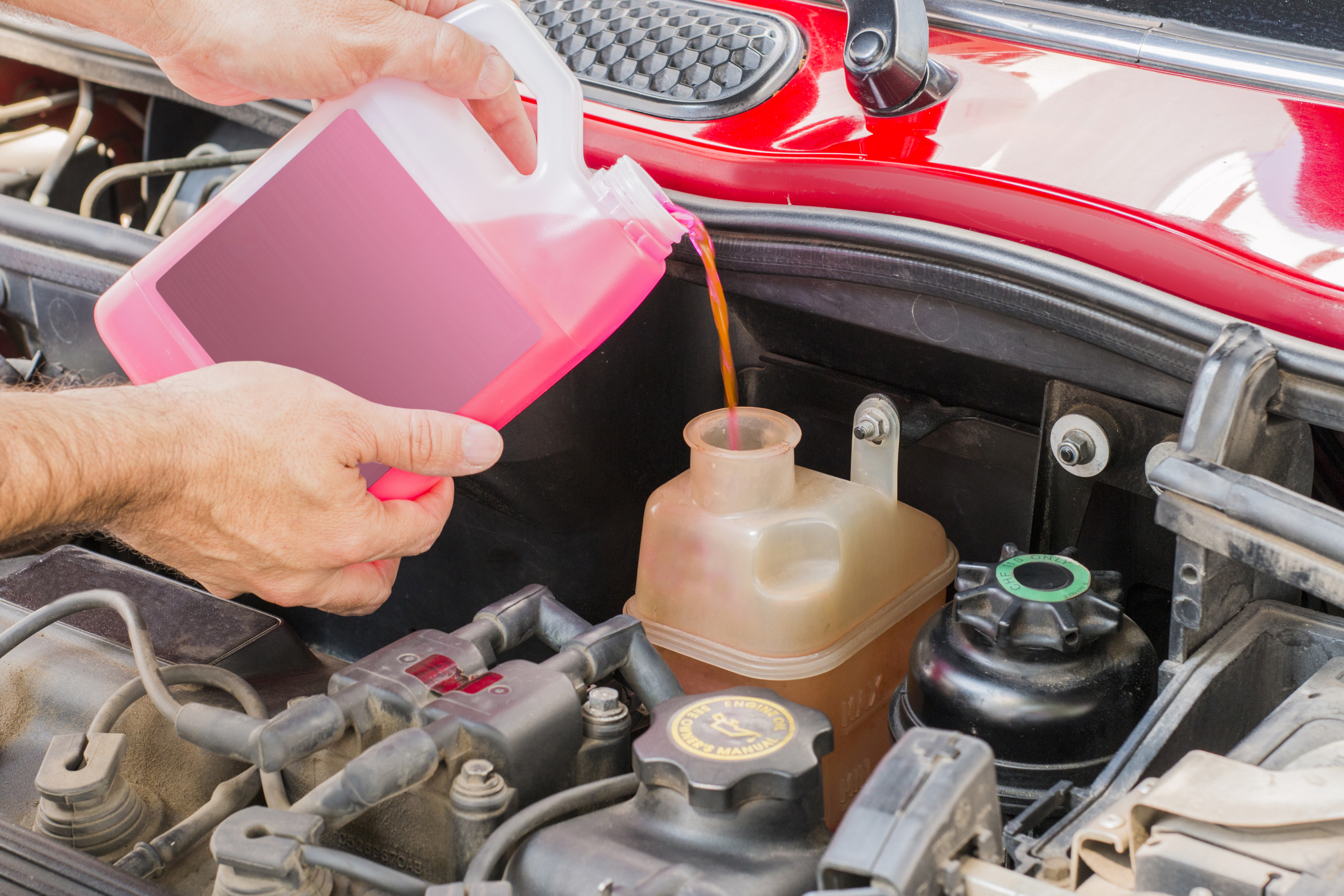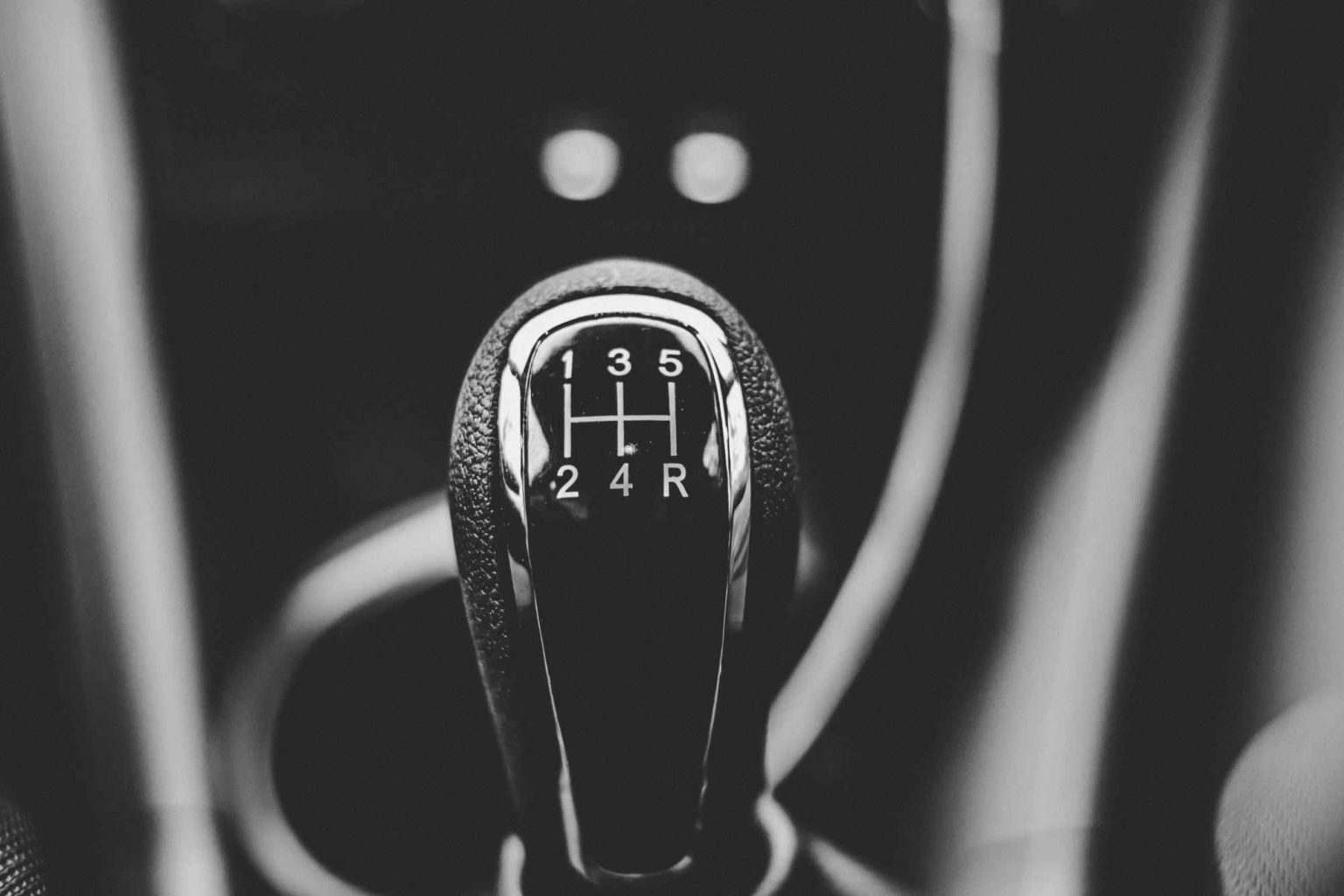

Replacing, clutches, bands and other internal parts require a professional Technician. You can prevent a slipping transmission maintaining your fluid levels regularly and making certain you do not have any leaks. These issues can occur when you haven't replaced your fluid levels at the correct intervals, you have an ill running engine or the clutches are worn. These symptoms sometimes come before or after your transmission starts to slip. The transmission has a hard time shifting into the next gears.There are other warning signs worth looking out for as well: You have slipping gears if it seems like the engine is revving higher than it should when driving down the road and you lack power. If the light is flashing, that could mean a severe problem that is causing other damage to the engine and or transmission so do not delay. It could be your transmission, brake system, air conditioning, or any system on the vehicle, so it's important you have the codes retrieved from the vehicle's computers to allow for a pinpoint diagnostic of the system and problem. When you get a check engine light, even though it’s called a check “engine” light, it doesn't necessarily point directly to your engine. 3. The Check Engine LightĬheck engine light can mean many different issues are happening depending on your vehicles make and model. An axle seal, output shaft seal or a converter seal is a bit more work and labor but if you catch the leak soon enough before internal damage can occur, you probably saved yourself a bunch of money for a replacement or rebuilt transmission. Repairing a cooling line or a pan gasket can be a quick somewhat inexpensive solution. If you spot a leak in your transmission, look to see if you can spot where it is coming from. which then leads to low fluid, burnt fluid, overheating and damage that cannot be repaired by just adding fluid. Most transmission leaks occur due to a leaking pan gasket, axle or driveshaft seal, or a transmission cooling line. Transmission leaks are probably the second most common transmission problems that lead to some devastating internal transmission issues. The fluid is the lifeblood of the transmission and when it begins to break down it no longer lubricates properly, nor will it cool properly leading to premature failure, overheating, and a host of other mechanical issues including leakage. The leading cause of transmission failure for all makes of vehicles is due to not properly following the manufacturer's maintenance recommendations for the engine and transmission and changing the fluid and filters at the proper recommended mileage and time, especially if you are using the vehicle in harsh conditions or stressful times such as towing or hilly areas.

So, you might be asking, what are the most common transmission problems and how do you spot them? Let’s cover a few of the most common for you.

BRAND NEW CAR TRANSMISSION PROBLEMS HOW TO
When it comes to your transmission, the issues that cause the problems can add up like crazy unless you know what to spot early, and how to spot it. Here are the facts: if you want to keep your car safely operating on the road and your transmission doing what it is supposed to do, you need to know what issues to look out for. Who wants to discover that their car doesn’t shift anymore or won’t move at all? What are the most common transmission problems, and how can you spot them? AAMCO | Car Problems & Safety Tags:įor car owners around the world, transmission problems can be one of the most stressful, most expensive cars or truck problems to deal with.


 0 kommentar(er)
0 kommentar(er)
